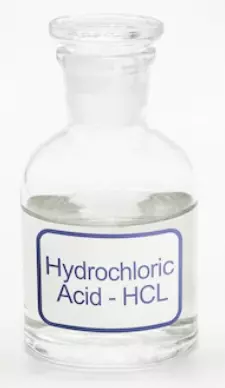Calcium Acetate - India
|
IUPAC Name |
: Calcium diacetate |
|
Cas Number |
: 62-54-4 |
|
HS Code |
: 2915.29.00 |
|
Formula |
: Ca(C2H3O2)2 |
Basic Info
|
Appearance Name |
: White Crystalline Powder |
|
Common Names |
: Acetate of Lime |
|
Packaging |
: 25 kg paper bag |


